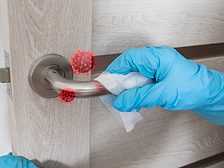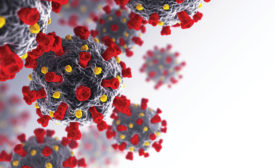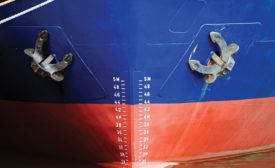Nanotechnology in Coatings
Nano Primer Helps Combat Rust
Low-VOC, Single-Component Primer Converts Rust into a Protective Layer
Read More
Keep the info flowing with our eNewsletters!
Get the latest industry updates tailored your way.
JOIN TODAY!Copyright ©2025. All Rights Reserved BNP Media.
Design, CMS, Hosting & Web Development :: ePublishing










